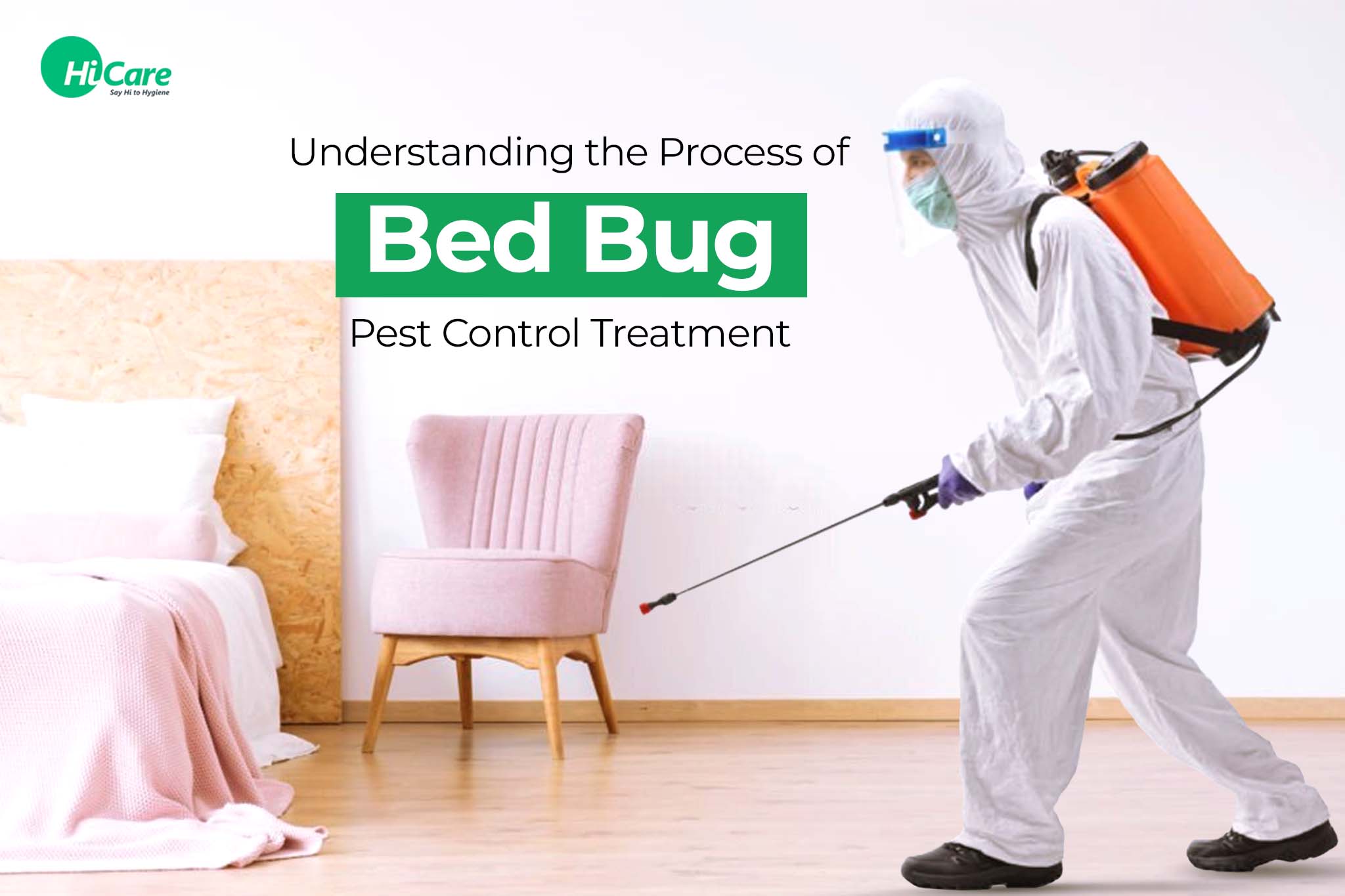Affordable A1 Bed Bug Removal in Houston - Professional Exterminators
Affordable A1 Bed Bug Removal in Houston - Professional Exterminators
Blog Article
Recognizing the Lifecycle of Parasites for Targeted Control Methods
Comprehending the lifecycle of pests is a basic aspect of reliable insect monitoring techniques. Via a much deeper understanding of exactly how pests grow and develop, customized control methods can be developed to attend to details points in their lifecycle, inevitably leading to more effective pest administration outcomes.
Value of Understanding Parasite Lifecycle
Understanding the lifecycle of pests is crucial for developing effective and targeted control techniques in insect administration. By understanding the different phases a bug goes with from egg to grownup, parasite control experts can determine prone points in the lifecycle where intervention can be most successful.
Moreover, recognizing the specific ecological problems essential for each and every phase of the bug's lifecycle can assist decisions on habitat alteration or exemption approaches to disrupt the lifecycle and lower insect populations. This expertise makes it possible for pest administration experts to execute proactive procedures instead of counting only on responsive treatments, causing even more long-term and sustainable parasite control remedies. Eventually, a comprehensive understanding of parasite lifecycles encourages insect control practitioners to customize their methods efficiently, taking full advantage of and reducing ecological effects control end results.
Secret Phases in Insect Development
To properly carry out targeted control approaches in bug monitoring, an essential aspect lies in comprehensively identifying and understanding the key phases in parasite growth. Parasite growth commonly is composed of a number of essential stages that are essential for their lifecycle and management.

Vulnerabilities in Pest Lifecycle
Throughout the different phases of a bug's lifecycle, unique vulnerabilities arise that can be purposefully targeted for efficient control steps (A1 Bed bug exterminator houston LLC). One crucial vulnerability lies in the egg pop over to this web-site phase, where parasites are commonly a lot more prone to particular pesticides or biological control representatives due to their soft external shell, making them less complicated targets for treatment. Comprehending these vulnerabilities in the pest lifecycle is essential for creating precise and reliable control approaches that successfully manage parasite populations while minimizing ecological effect.
Implementing Targeted Control Procedures

Executing targeted control actions commonly includes a multi-faceted strategy. This may consist of habitat adjustment to make the environment less hospitable to bugs, such as removing standing water for mosquito control or securing entry points for rats. check here Additionally, organic control techniques can be utilized, where natural killers or pathogens are presented to maintain insect populaces in check.
Integrated Insect Management (IPM) techniques that integrate different control procedures in a coordinated and sustainable way are typically the most reliable in attaining long-lasting bug administration goals. By executing targeted control actions based on a thorough understanding of bug lifecycles, parasite populaces can be successfully managed while reducing risks to human health and the setting.
Boosted Bug Administration Practices

Furthermore, the consolidation of organic control agents, such as natural killers or pathogens of insects, can aid reduce reliance on chemical pesticides and advertise an extra balanced environment. Implementing physical barriers and traps can additionally be component of enhanced bug monitoring techniques, providing non-toxic and targeted options for pest control. Furthermore, making use of scents and various other semiochemicals can interfere with pest mating patterns and communication, resulting in minimized parasite populaces address over time.
Conclusion
By determining essential stages in pest development and susceptabilities in their lifecycle, targeted control actions can be applied to decrease bug populations. Enhanced insect administration methods can assist decrease the dependence on broad-spectrum pesticides and advertise more sustainable and eco friendly pest control methods.
Comprehending the lifecycle of pests is crucial for establishing effective and targeted control strategies in pest management. By understanding the different stages a pest goes with from egg to grownup, bug control professionals can recognize susceptible factors in the lifecycle where intervention can be most effective. Eventually, an extensive understanding of pest lifecycles equips pest control professionals to tailor their methods effectively, maximizing and lessening ecological impacts control end results.
By implementing targeted control procedures based on a thorough understanding of bug lifecycles, parasite populations can be properly controlled while lessening threats to human health and the atmosphere.
By recognizing key stages in bug growth and vulnerabilities in their lifecycle, targeted control steps can be carried out to decrease pest populations.
Report this page